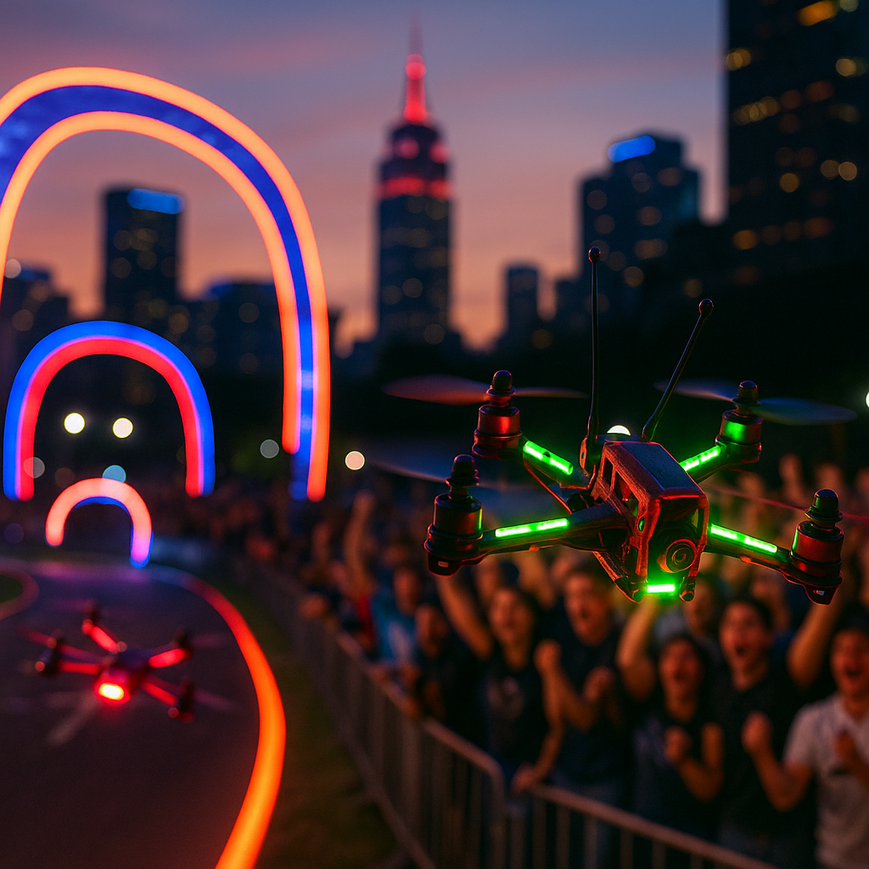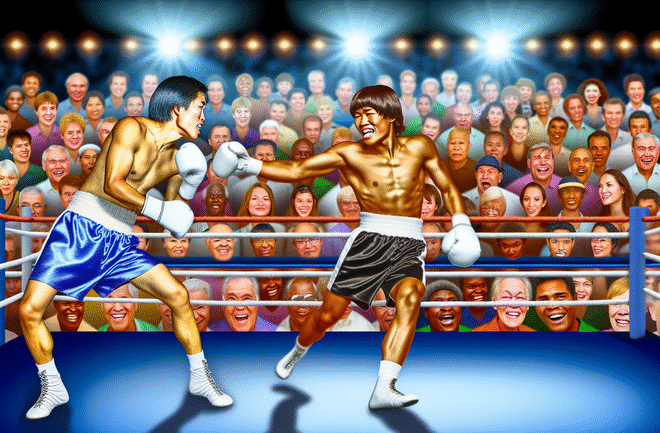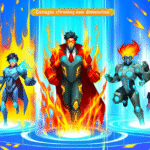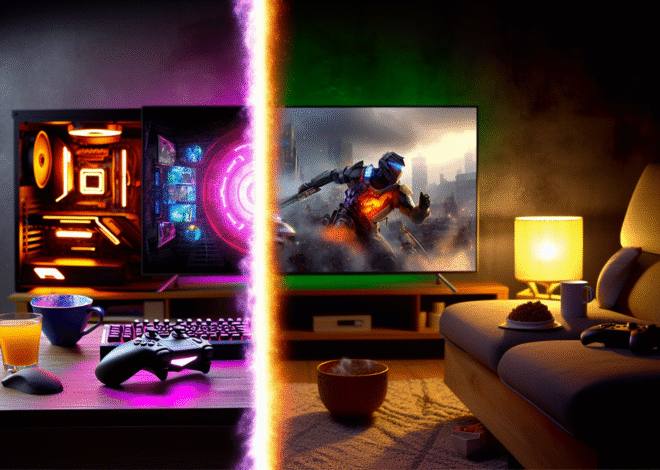
Everything You Need To Know About The Drone Racing League
Introduction to the Drone Racing League
Drone racing has quickly emerged as a thrilling and dynamic sport, captivating enthusiasts and participants around the world. The origins of drone racing can be traced back to a niche hobby that gained momentum in the early 2000s, primarily among tech-savvy individuals and model aircraft enthusiasts. As drone technology advanced, so did the competitive aspect of flying these high-speed aircraft through complex courses using first-person view (FPV) systems, allowing pilots to see from the drone’s perspective.
The Drone Racing League (DRL), founded in 2015, marked a significant turning point in the sport’s evolution. It was created to professionalize and standardize drone racing, leading to a structured league with sponsored events, a dedicated fan base, and significant prize money. DRL’s first race took place in a Miami stadium, setting the stage for subsequent events held in iconic locations such as the Las Vegas Strip and the Allianz Arena in Munich. The league has continuously integrated advances in technology, including improved drone designs and immersive broadcast formats, fostering a unique viewing experience for audiences. This evolution reflects not just a sporting phenomenon but also a broader cultural movement, as drone racing engages a diverse community of pilots and fans globally.
How Drone Racing Works
Drone racing combines cutting-edge technology with an exhilarating competitive spirit, involving multiple elements that contribute to its dynamic nature. Predominantly, racing drones are categorized into two types: “Standard” FPV (First Person View) drones and “Freestyle” drones. Standard FPV drones are built for speed and agility, often featuring a lightweight frame, powerful motors, and high-capacity batteries designed for maximum performance. They are typically quadcopters, utilizing four rotors for stability and maneuverability. Many racers opt for custom-built models, enabling tailored performance modifications as per individual preferences. Innovations often include advanced flight controllers, high-speed ESCs (Electronic Speed Controllers), and high-definition cameras for immersive FPV experiences [Drone Racing League].
Drone racing events can vary significantly in format. Common types of races include timed laps, head-to-head sprints, and endurance races. In most cases, pilots navigate through complex courses laden with gates, obstacles, and aerial challenges, with the goal of achieving the fastest lap time. Rules typically govern drone specifications such as weight and size, pilot qualifications, and race conduct. For instance, pilots may need to undergo qualification rounds to compete in major leagues, enhancing the competitive nature of the sport [Racing Drones].
Key Players and Teams in the Drone Racing League
The Drone Racing League (DRL) has become a premier platform for drone racing, showcasing some of the most talented pilots and innovative teams in the sport. Notable pilots such as Jordan Temkin, known by his moniker “Jet,” have consistently dominated the league with multiple championship titles under his belt, including victories in the 2021 and 2022 seasons. His sharp skills and strategic flying style have made him a formidable competitor. Another prominent figure is Gabriel Kocher, or “Gab707,” who gained attention for his impressive technical skills and speed, navigating complex courses with precision.
The rivalry between Temkin and Kocher exemplifies the competitive spirit within the league, capturing the excitement of fans and adding depth to each race. On the team front, Team Pigeon has made significant strides, securing a reputation as one of the top teams in the league with their dedication to technology and teamwork. Meanwhile, DR1 Racing has been a notable opponent, known for their aggressive strategy and innovative drone designs. As the league continues to evolve, these pilots and teams are pivotal in driving the competitive excitement and showcasing intense rivalries that captivate audiences. For more on the dynamics in drone racing, you can check out our article on the future of gaming in 2024.
The Future of Drone Racing
Technological advancements play a crucial role in drone racing. Key innovations include high-performance LiPo batteries, allowing for greater speed and longer flight times, and sophisticated telemetry systems that provide real-time data on drone performance. Moreover, the use of HD video transmission technology ensures minimal latency, enhancing the pilot’s control and experience. The integration of artificial intelligence and autonomous capabilities is also on the rise, paving the way for future developments in racing strategies and drone configurations [Streaming Technologies].
Overall, drone racing embodies a thrilling convergence of sport and technology, continuously evolving with the latest developments in drone capabilities and racing formats. For insights into other competitive gaming fields, check out our article on the rise of GTA RP.
Sources
- Athletics World Championships – 2023 World Championships Highlights
- Drone Racing League – Types of Drones Used in Racing
- Formula 1 Official – 2023 Race Highlights
- Racing Drones – Race Formats and Rules
- UEFA Champions League – Latest Champions League News
- Paris 2024 Olympics – Olympic Qualifiers Preview
- Streaming Technologies – Technology in Drone Racing
- Superior Solution – The Rise of GTA RP
- Superior Solution – The Future of Gaming in 2024






